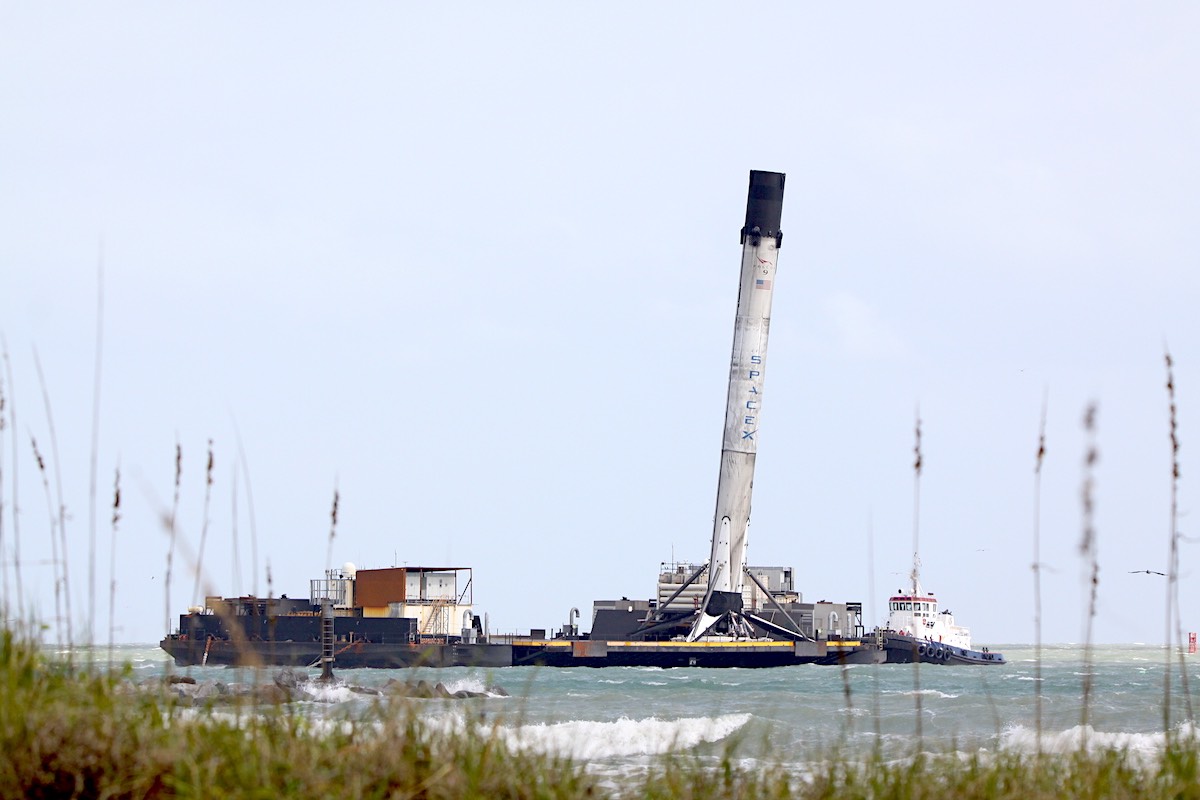
The Falcon 9 booster that launched four astronauts toward orbit last weekend arrived back on Florida’s Space Coast Thursday aboard a SpaceX drone ship, sailing into Port Canaveral with a lean but otherwise in seemingly good shape after it apparently slid across the ship’s deck in high winds and rough seas.
Assuming post-flight inspections reveal no major issues, SpaceX aims to reuse the booster to launch the next Crew Dragon mission tentatively scheduled to take off March 30. It will mark the first SpaceX crew mission to fly with a reused Falcon 9 booster.
The brand new 15-story-tall booster landed on SpaceX’s drone ship around nine-and-a-half minutes after liftoff from NASA’s Kennedy Space Center on Sunday night. Live video from the landing vessel appeared to show the Falcon 9 first stage — designated B1061 — setting down squarely on the ship’s deck in the Atlantic Ocean more than 300 miles (500 kilometers) northeast of Cape Canaveral.
Falcon 9 boosters perform propulsive landings by reigniting the rocket’s center engine in a braking maneuver just before touchdown.
By the time the rocket arrived at Port Canaveral on Thursday, the booster had a lean and one of its four landing legs appeared extended over the edge the ship’s deck. Another landing leg was raised off the deck, while SpaceX’s “Octagrabber” robot device secured the booster for the journey back to the Florida coast.
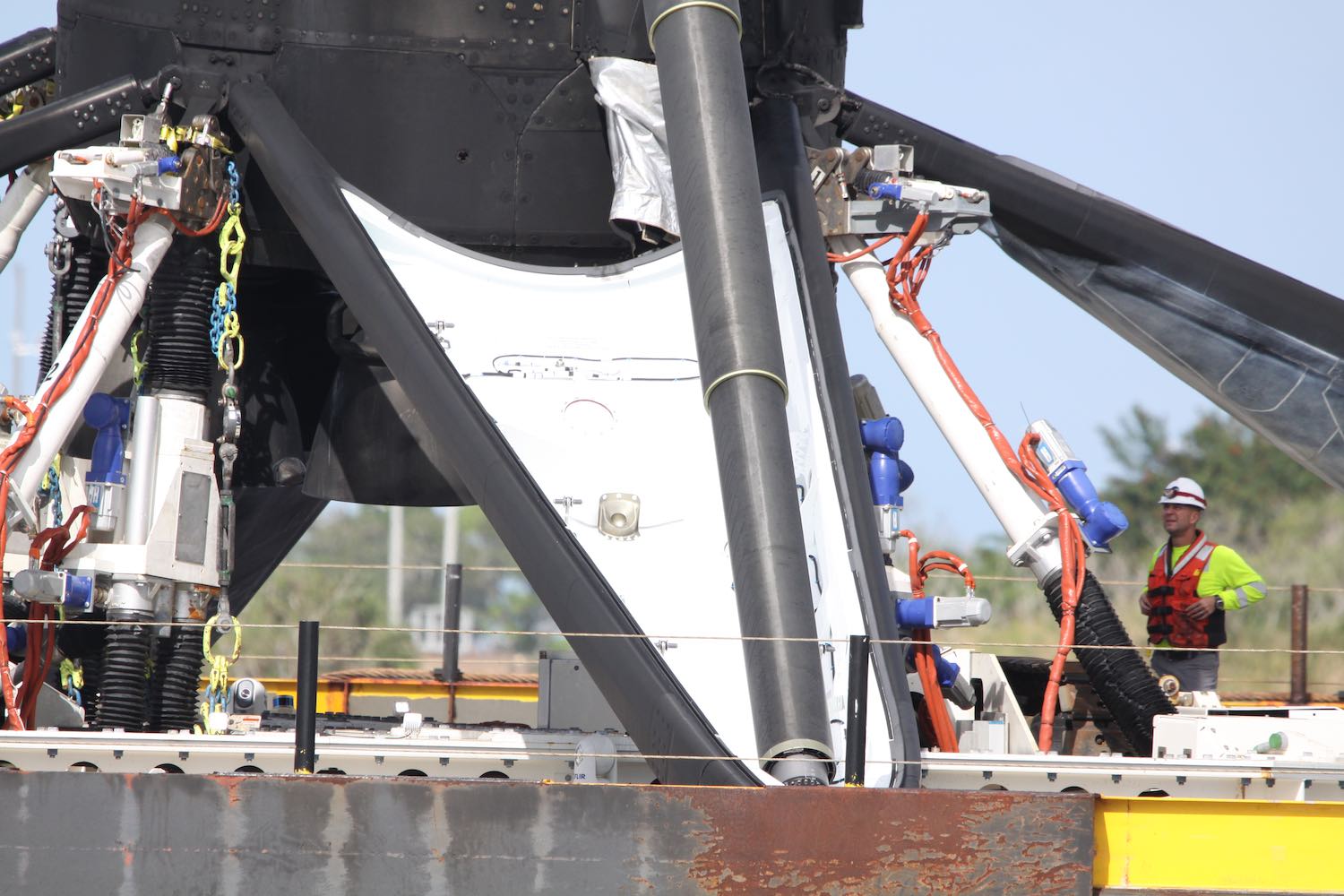
SpaceX has regularly flown previously-used Falcon 9 boosters on commercial satellite missions since 2017 in an effort to cut costs. The company also says reusing boosters makes the Falcon 9 more reliable, but U.S. government customers have been slowest to sign up for flying missions with previously-flown rocket hardware.
The U.S. Space Force earlier this year agreed to begin using reused SpaceX boosters on launches with national security launches, and NASA plans to do the same on crew missions beginning next year.
The four astronauts that launched from the Kennedy Space Center on Sunday flew on SpaceX’s first operational crew rotation flight to the International Space Station. The mission, known as Crew-1, followed the Crew Dragon’s first piloted test flight to the space station earlier this year.
NASA and SpaceX agreed to use the booster from the Crew-1 launch for the next Crew Dragon flight, known as Crew-2.
While there was no indication the booster’s lean would affects its ability to be reused for the Crew-2 mission, NASA has other options available if necessary.
“We have a backup in case something happens to this particular stage, but we’ve done all our inspections on this stage,” said Kathy Lueders, associate administrator for NASA’s human exploration and operations mission directorate. “We’ve done all the work. We understand the hardware. So we would really like to use this because it makes the job for Crew-2 easier.”
A backup booster SpaceX and NASA could use for the Crew-2 mission is the Falcon 9 booster slated to launch the Sentinel-6 Michael Freilich oceanography satellite from California, Lueders said. That launch is scheduled for Saturday, and the booster will return to an onshore landing facility at Vandenberg Air Force Base a few minutes after takeoff.
“There are a couple of other ones out there,” Lueders said. “The nice thing with SpaceX is there is a range of hardware out there that we can use.”
More pictures of the Falcon 9 booster’s return to Port Canaveral Thursday are posted below.
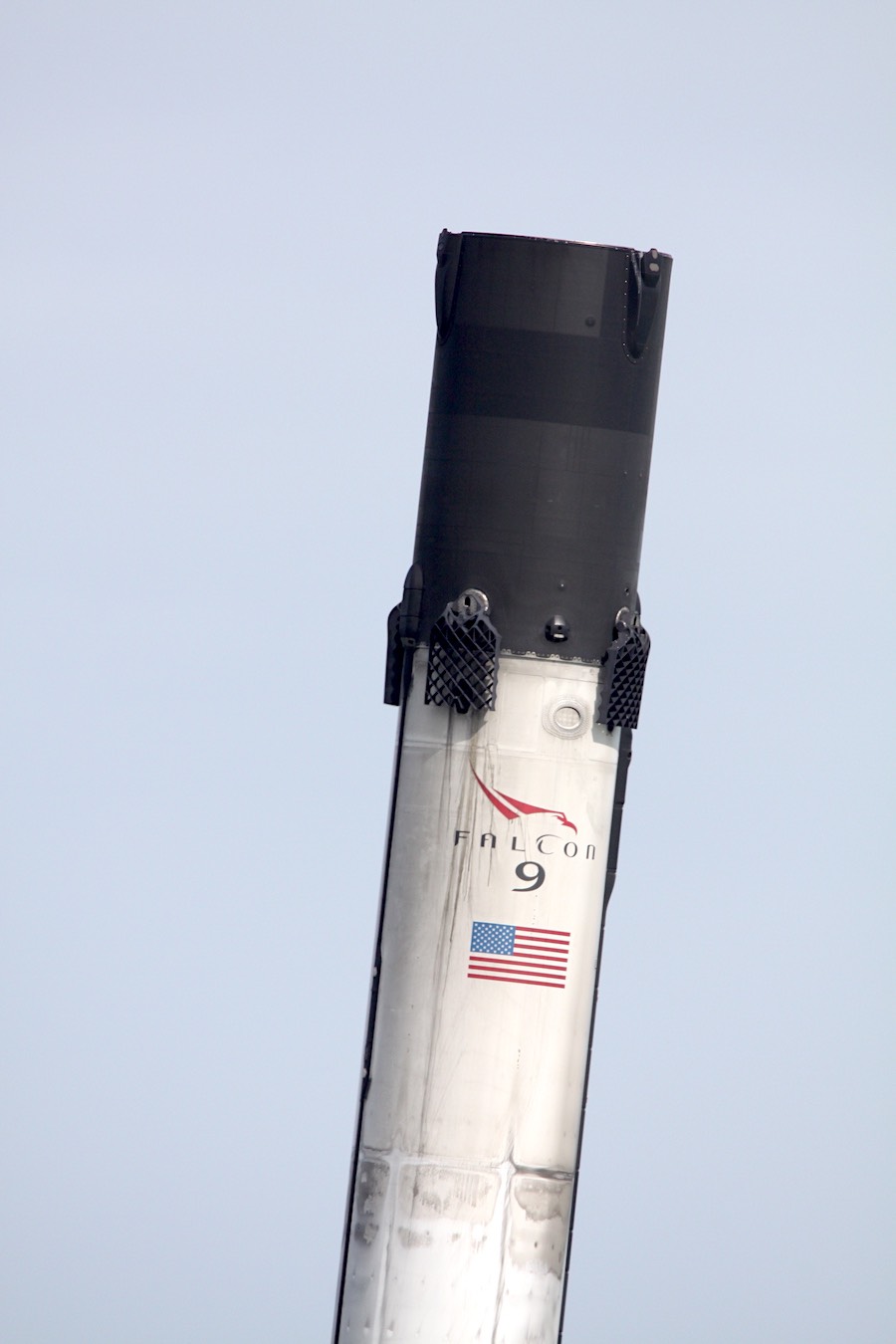
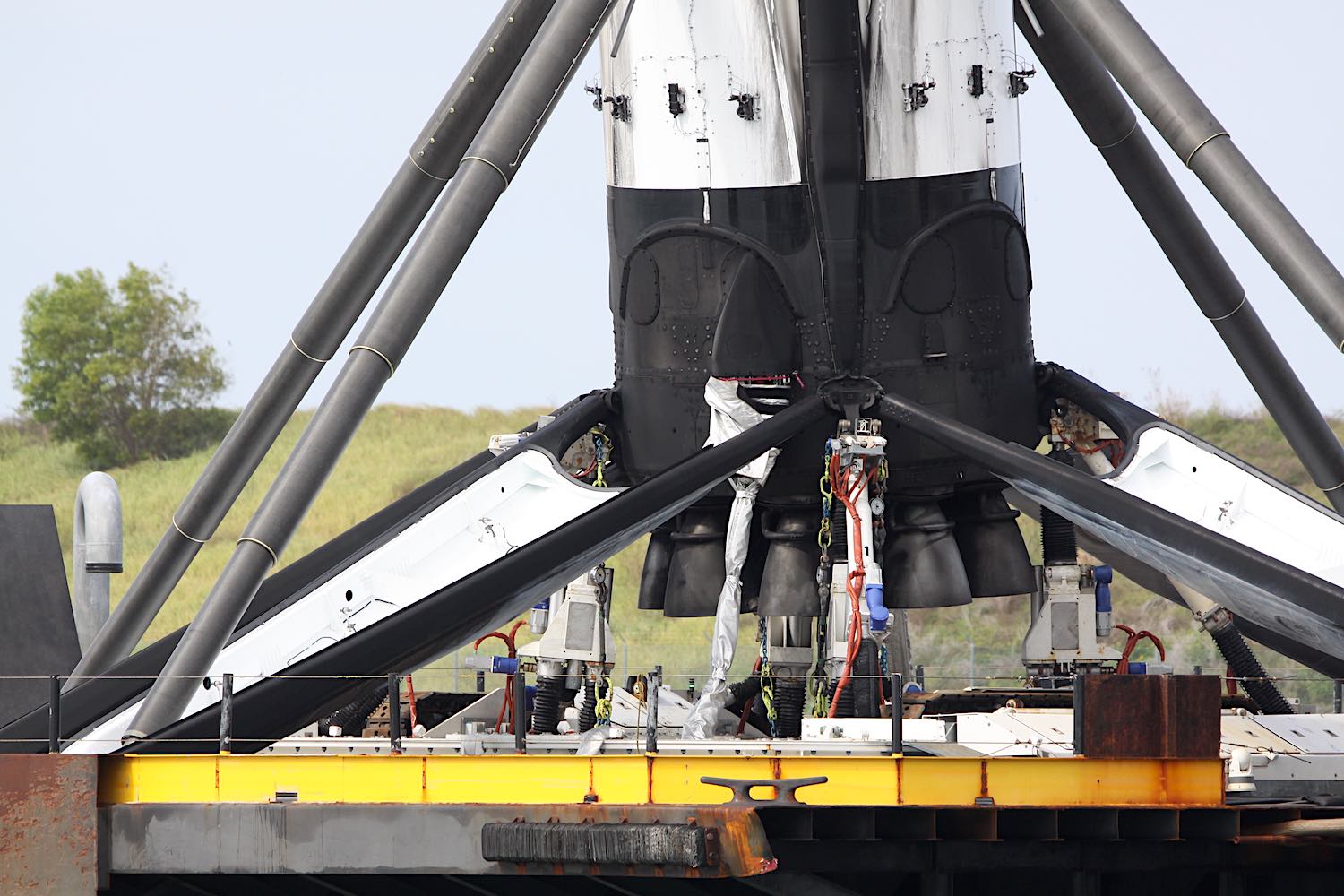
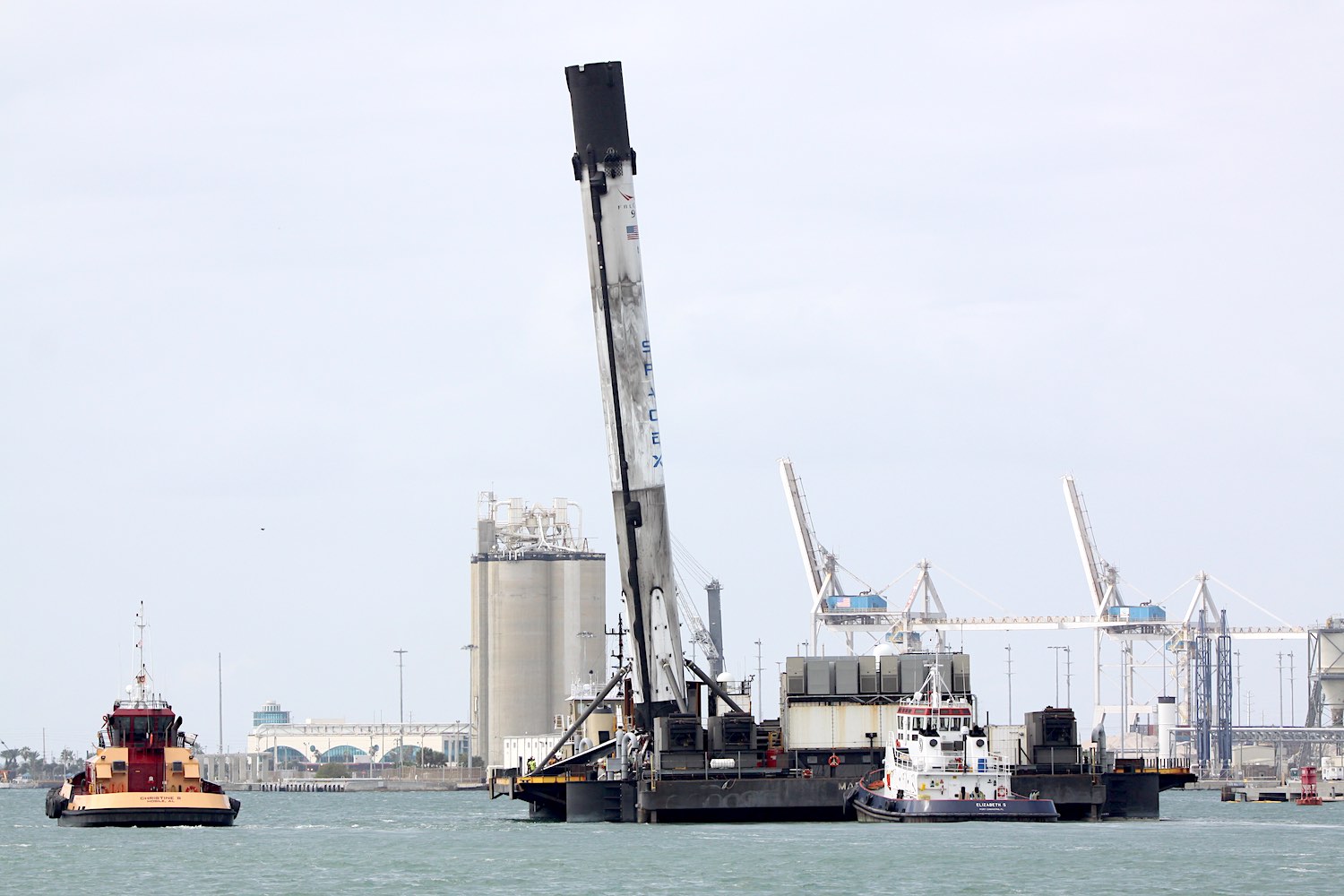
Email the author.
Follow Stephen Clark on Twitter: @StephenClark1.



